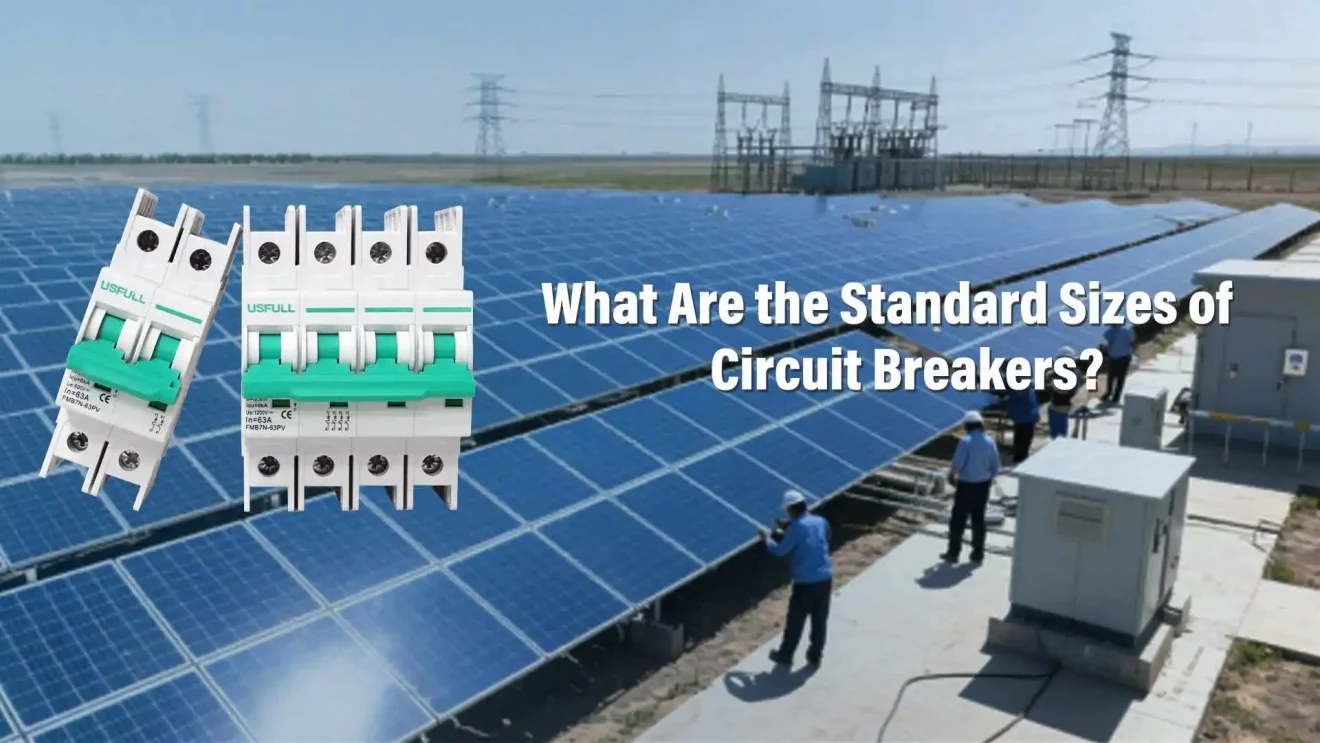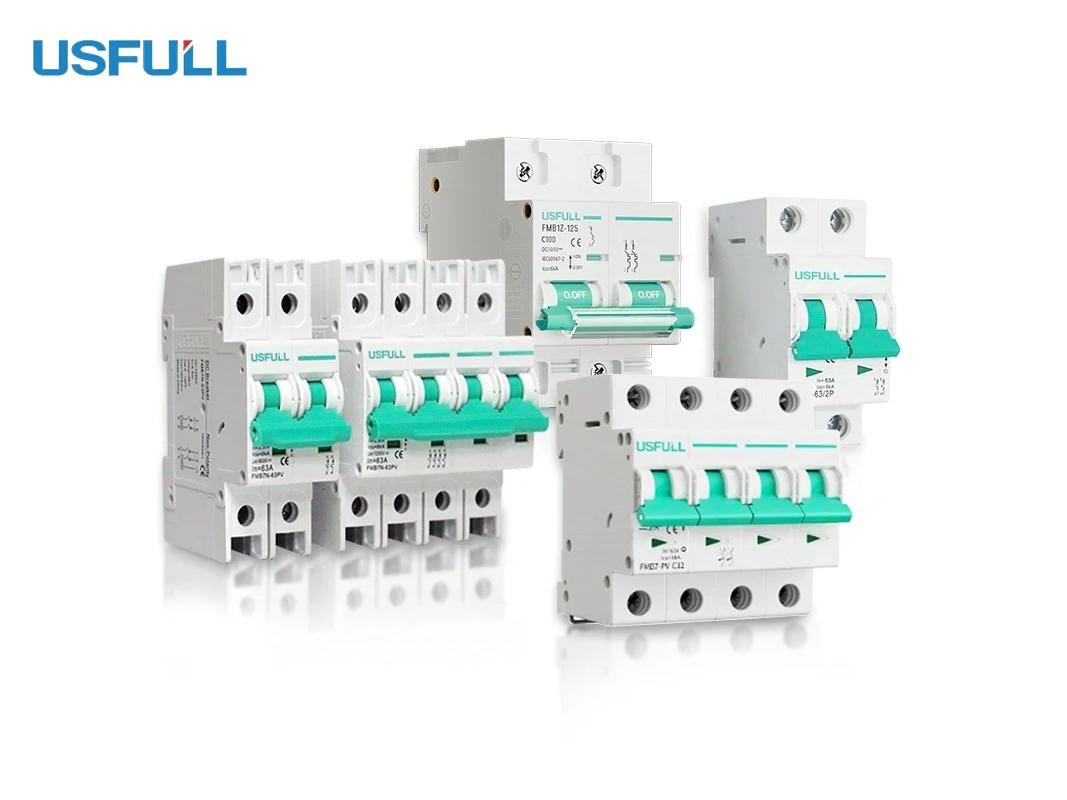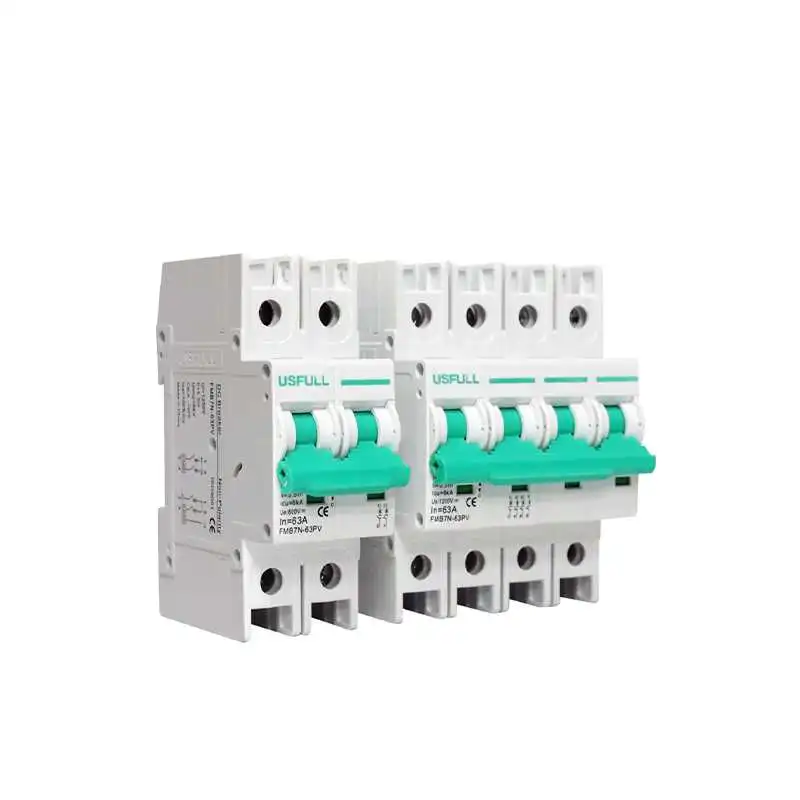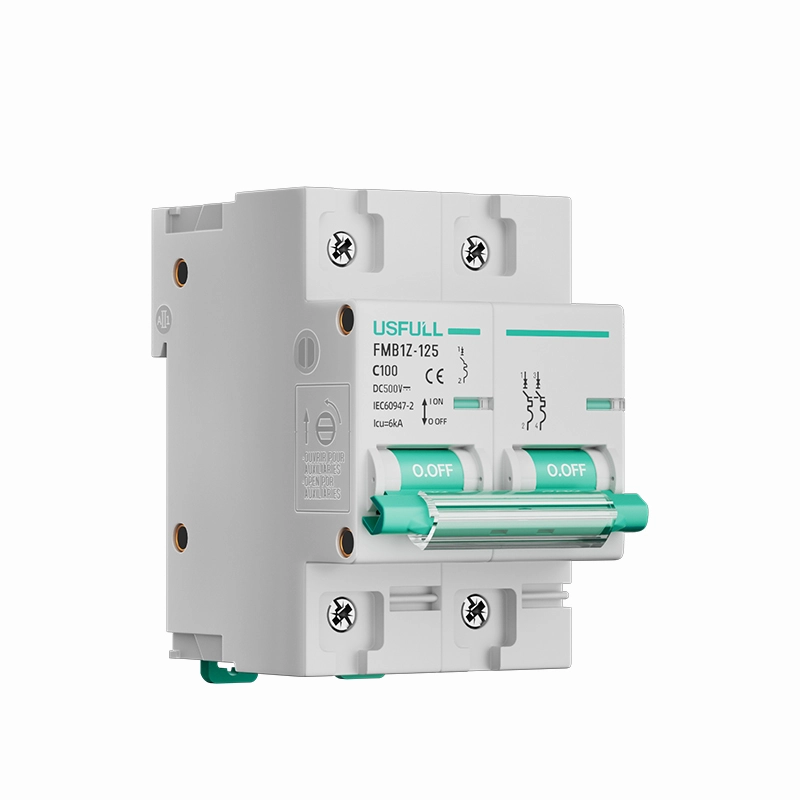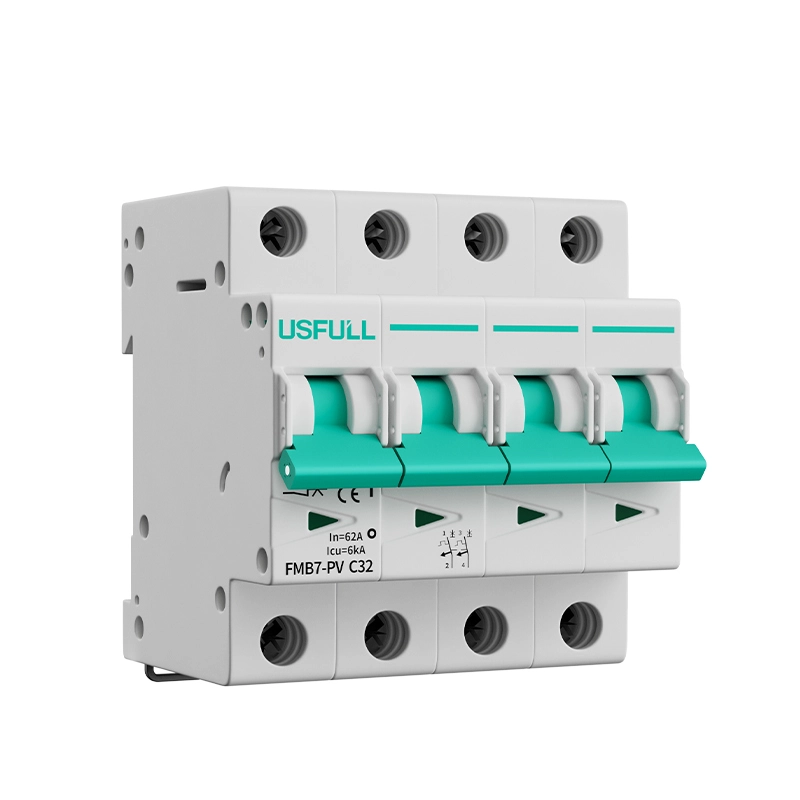When you choose the wrong size circuit breaker, your system faces frequent trips or even electrical fires. This leads to downtime, damaged equipment, and lost revenue. The solution? Understand standard circuit breaker sizes to make smart, safe selections.
Standard circuit breaker sizes range from 15 amps for residential use to over 6000 amps for industrial applications, including miniature, molded case, and air circuit breakers.
Stay with us—what you’ll learn below can prevent costly electrical failures.
Common Circuit Breaker Amp Sizes
Circuit breakers are safety devices designed to protect electrical systems from overloads and short circuits. Choosing the right amp size is essential for ensuring performance and protecting both people and property. The most common circuit breaker amp sizes vary by application—residential, commercial, and industrial.
Residential Circuit Breaker Sizes
In homes, 120V and 240V systems are protected using miniature circuit breakers (MCBs). These are typically DIN-rail mounted and compact.
- 15 amps: Commonly used for lighting circuits and general power outlets.
- 20 amps: Required for kitchens, bathrooms, and laundry rooms where higher loads are expected.
- 30 amps: Ideal for appliances such as electric dryers and small A/C units.
- 40–50 amps: Power-hungry equipment like ovens and electric water heaters use these.
- 60 amps: Often chosen for subpanels or EV chargers.
As a leading circuit breaker manufacturer in China, USFULL offers the Circuit Breaker, ideal for all standard residential applications. These DC breakers deliver reliable short-circuit and overload protection for both AC and DC circuit breaker systems.
Industrial and Commercial Circuit Breaker Sizes
Larger power loads require heavier-duty breaker DC units, like molded case circuit breakers (MCCBs) or air circuit breakers (ACBs).
- 100–225 amps: Found in small factories, commercial offices, and retail stores.
- 400–600 amps: Suitable for large HVAC systems, motors, and distribution panels.
- 1000+ amps: Used in heavy industrial setups such as manufacturing plants and data centers.
USFULL Circuit Breaker is built for these high-load scenarios. It is engineered for both AC and solar DC circuit breaker installations, offering high AIC ratings and long-term durability.
Breaker Frame Sizes and Their Importance
Frame size refers to the physical housing of the circuit breaker and determines the maximum current it can carry. It also influences the interrupting capacity, i.e., how much fault current the breaker can safely stop.
- Miniature Circuit Breakers (MCBs): Typically support up to 125 amps, compact in size, ideal for low-voltage residential and light commercial applications.
- Molded Case Circuit Breakers (MCCBs): Offer ratings from 100 amps to 2500 amps, commonly used in commercial buildings and industrial automation panels.
- Air Circuit Breakers (ACBs): Suitable for voltages over 1000V and currents beyond 6000 amps. It is used in substations and critical infrastructure.
A proper understanding of frame size ensures that your breaker circuit not only fits physically but also performs reliably under fault conditions. USFULL, as a trusted circuit breaker supplier, offers a wide range of frame sizes, qualified by international certificates including CE and TUV, tested to international stardards including IEC and so on.
Choosing the Right Circuit Breaker Size
Selecting the correct breaker size isn’t just about matching amperage. It involves a thorough assessment of the electrical load, usage environment and safety requirements.
Here’s how to choose the right Circuit Breaker Size:
- Calculate Load Requirements
Add up the wattage of all devices on the circuit. Divide by the voltage to get the amperage. Choose a breaker with at least 125% of that value to accommodate start-up surges. - Understand Voltage Compatibility
Confirm if the system runs on 120V, 240V, or higher. This affects the type of DC breaker or AC breaker you’ll need. - Check Certification Standards
Ensure the breaker meets the National Electrical Code (NEC) and international standards. Look for certified suppliers like USFULL—a reputable circuit breaker manufacturer exporting to over 90 countries. - Match Breaker Type to Application
Use MCBs for homes and small offices.
Select MCCBs for commercial/industrial use.
Consider MP series Motor Protection Breakers for AC motor systems.
Choose solar DC circuit breakers for photovoltaic installations to manage bidirectional DC current.
- Plan for Expansion
Choosing a breaker DC model that allows future capacity growth. Oversizing slightly can save replacement costs down the line.
Choosing the right size circuit breaker is the first step; choosing the right circuit breaker manufacturer is what guarantees long-term safety and efficiency. With products exported to over 90 countries, USFULL has established itself as a professional circuit breaker manufacturer you can trust.
We don’t just sell, we provide expert guidance and customized solutions. Whether you are a wholesaler, a system integrator, or a project engineer, partnering with USFULL means accessing:
• A comprehensive product range for AC and DC systems.
• Expert support for your unique project demands.
• Efficient Circuit Breaker Manufacture Capacity
• The cost-effective reliability of a top-tier circuit breaker manufacturer in China.
Choose the right size circuit breaker for safety, efficiency, and long-term reliability. Choose USFULL.

